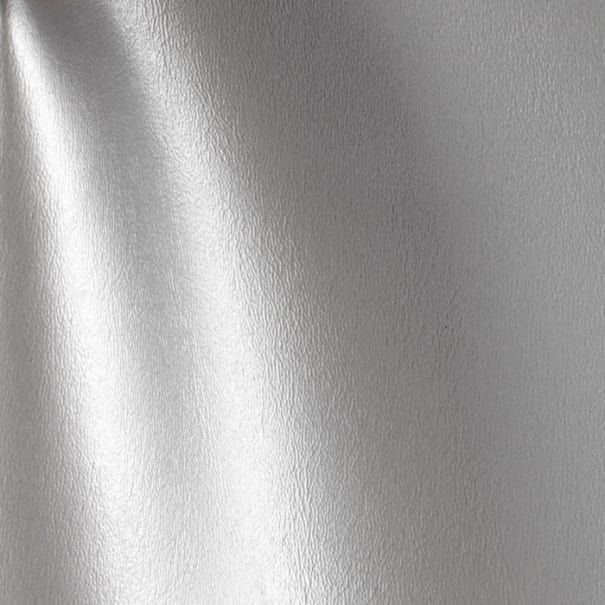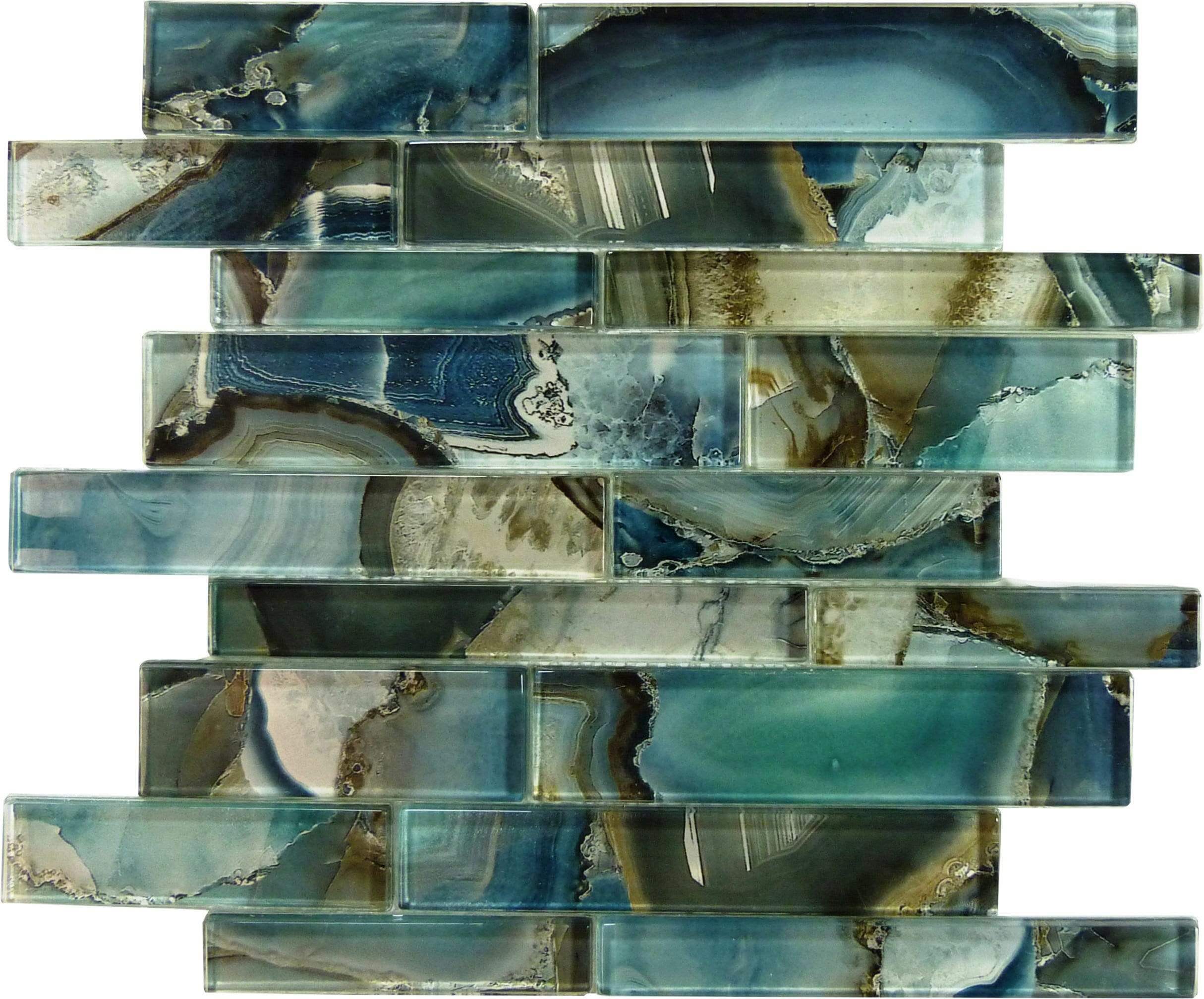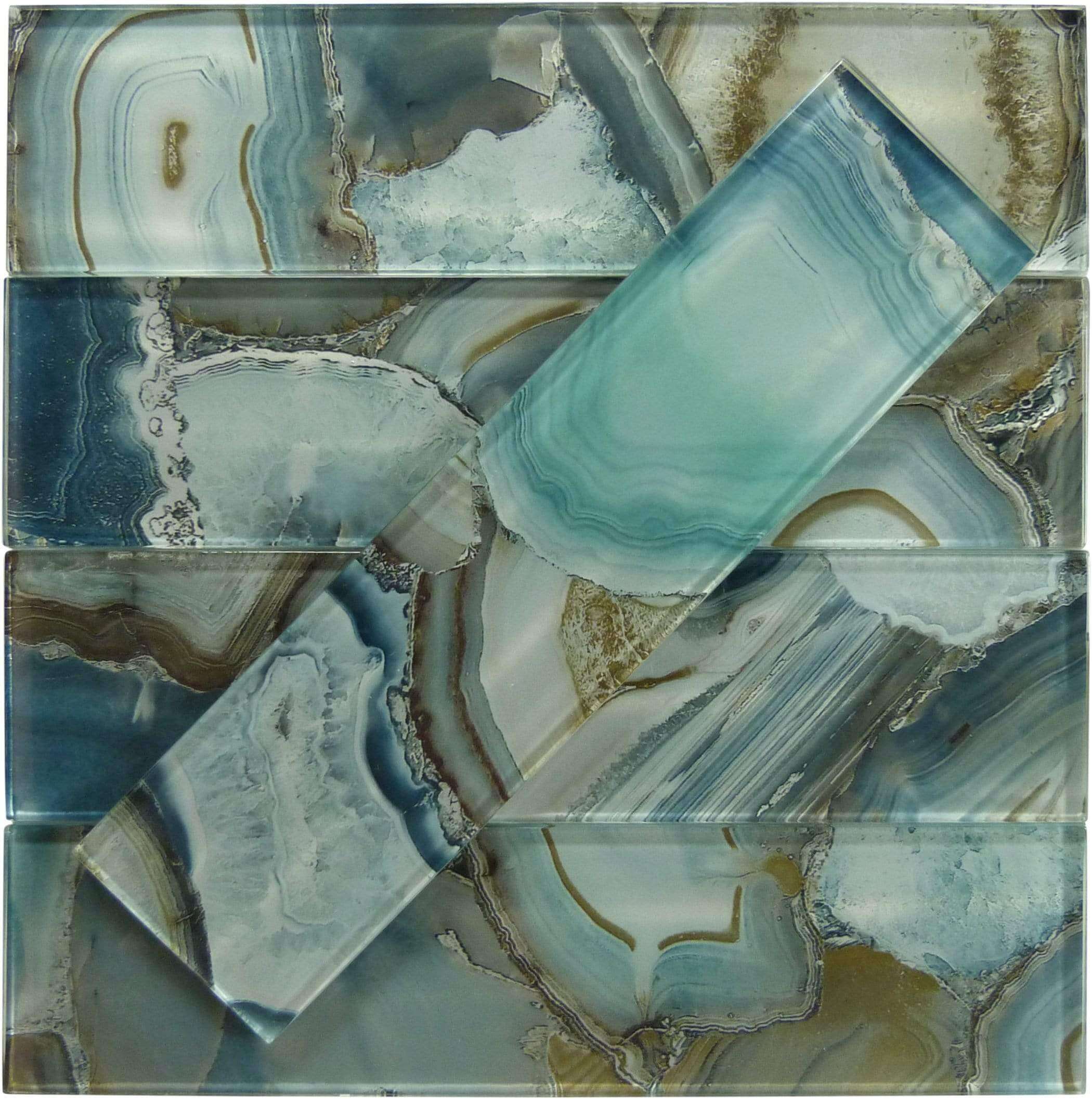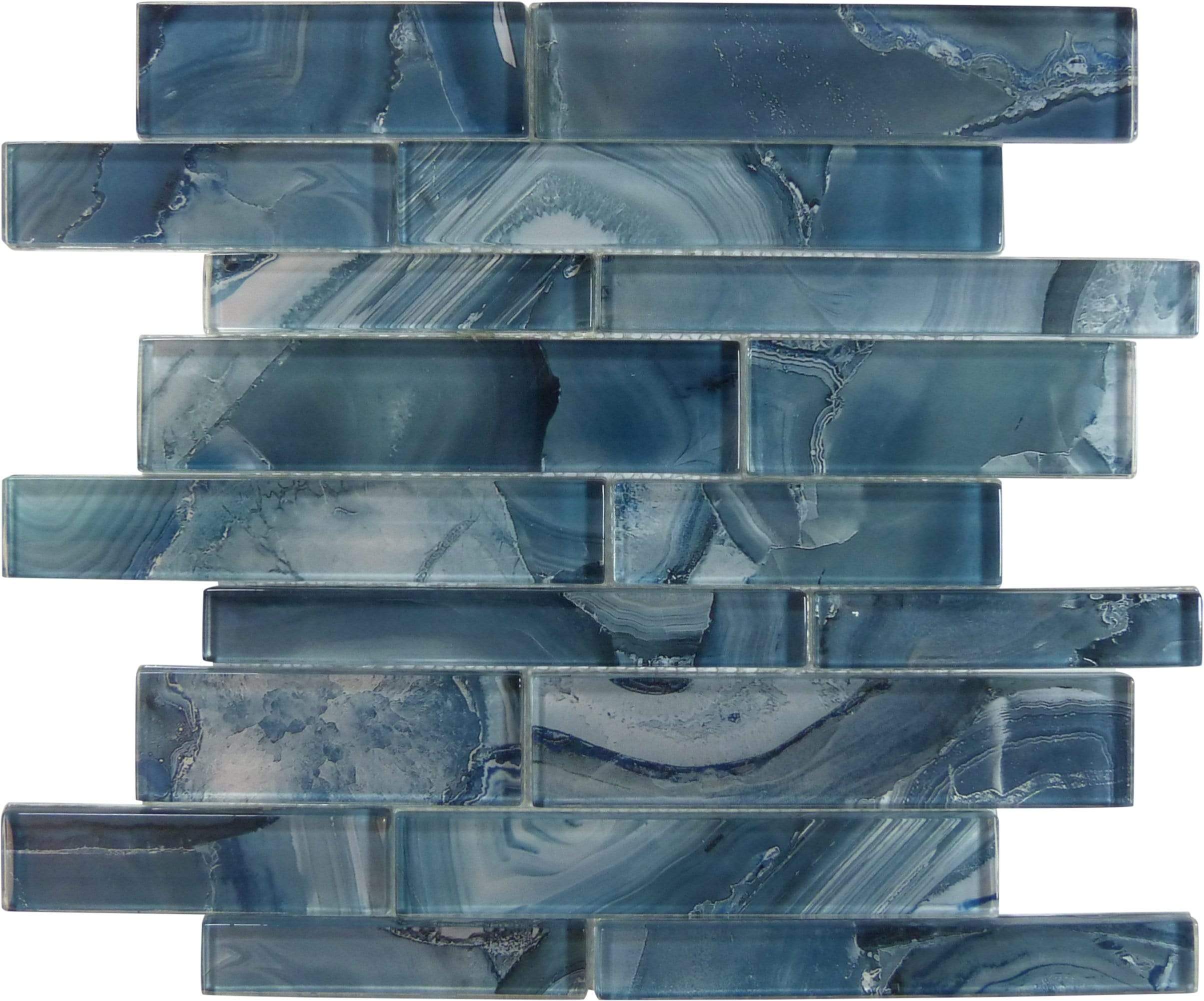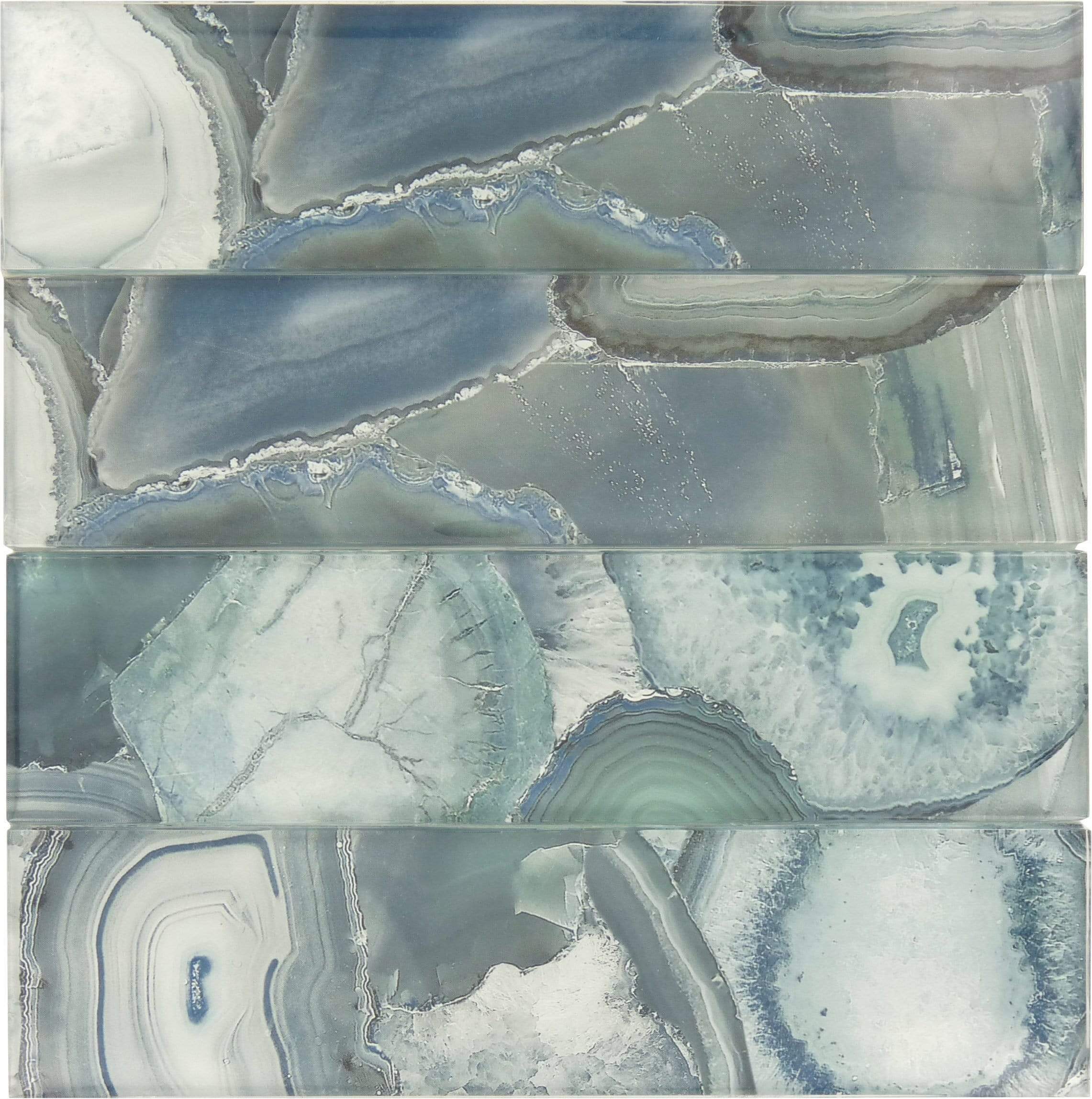Necessary Tools for Tile Installation
You will want to gather the following tools and materials to complete your tile installation project. Thinking everything through clearly so that you have a plan of action and having everything you’ll need on hand so there aren’t any last minute trips to the home improvement store, will make your project seem almost easy even if you never installed tile before.
• tiles…it’s best to have extra in case of cutting errors and breakage during installation
• cement based substrate
• glass nippers
• 3 in 1 membrane
• glass scoring tool
• protective eye wear
• wet saw with a good quality, fine diamond electroplated glass tile blade
• wet drill with a fine diamond electroplated coring bit
• 3/16" x 5/32" V-trowel
• high quality thin set such as Laticrete 254 Platimum or Mapei Adesilex P10 (bright white)
• 12-14 inch piece of 2x4
• large sponge
• 5 gallon bucket
• Electric drill with stirring attachment
• Non-sanded grout…for bathrooms and kitchen wall tiles
• rubber float
• grout sealer
• cheesecloth or other clean dry cloth
When cutting tile be sure to wear safety glasses. Try to hold your tile and nippers down inside your 5 gallon bucket a bit to reduce the chances of a piece flying across the room as you cut it.
It’s helpful to use a piece of 2x4 to press the tile into the Thin-set you’ve spread on the wall or floor.
You can get away without using an electric drill and stirring attachment for stirring the Thin-set and grout. It does make the process easier on your arms and goes a lot faster.
You can get a free 5 gallon bucket at just about any fast food restaurant or for under $5 you can purchase one at your local hardware or home improvement store.
Proper tile installation starts with a good foundation. The floor beneath and the wall behind newly installed glass tile plays a vital role in the long lasting durability of your entire glass tile project. The proper substrate will provide a perfectly smooth and even surface to apply your glass tiles to. The 3 in 1 membrane can be thought of as a shock absorber as well as added moisture barrier.
You’ll use the V –trowel, apply Thin-set mortar to the surface and to the back of each tile sheet for certain applications.
The purpose of the rubber float is to both press the grout into the seams and to scrape excess grout off of the surface of the tiles.










